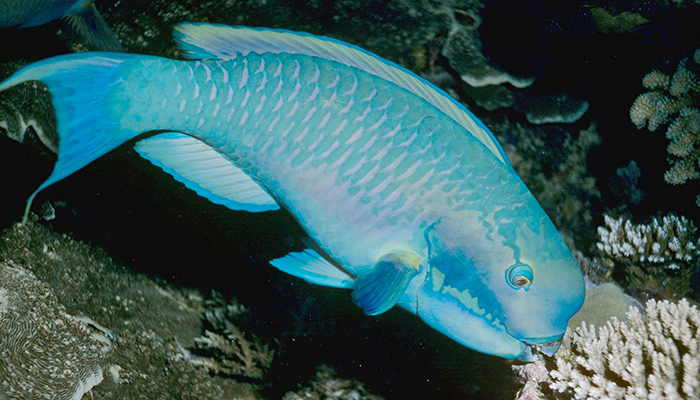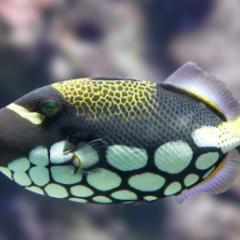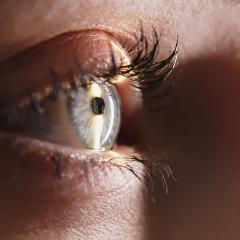
The reef is one of the planet’s most visually diverse environments in terms of light availability and the colours and patterns of the animals living there.
Understanding why some fish have bright colours and how other fish see them will help researchers unlock the secrets of coral reef biodiversity.
PhD student Genevieve Phillips at Queensland Brain Institute and colleagues have found that some of the most colourful fish in the reef are sensitive to orange-red light, which may help them differentiate prey from a reddish background.
The team looked at the visual systems of labrids, a large and colourful family of fishes that include wrasses, which are mainly predatory, as well as parrotfish, which like to eat coral and algae.
“Many labrids live in the same environment with similar light availability, so you would expect that their visual systems would be fairly similar,” Ms Phillips said. “But we found that the repertoire of opsins they express is actually very different.”
Same reef environment, different fish vision
The team studied different types of opsins – light-sensitive proteins in the photoreceptors of the eye’s retina that absorb light at specific wavelengths and turn it into an electrochemical signal. This absorption is the first step in the process of seeing an image.
By analysing different classes and quantities of opsins in labrid fish eyes, researchers were able to determine which colours they’re likely to see.
“In general, most of the opsins found in the fishes’ eyes were sensitive to the green-blue region of the spectrum, which is typical of many reef fish, as it is the dominant light available to fish on coral reefs.
“However, some of the labrids appeared to have specialised in opsins sensitive to orange-red light.”
Labrid fish see red
Ms Phillips said this orange-red sensitivity could help these fish find prey against a predominantly red-brown background.
"For instance, algae appears green to us but has reflectance peaks in the redder end of the spectrum, and if you were searching for a browny-red crab or stomatopod to eat, it would make sense to have better colour discrimination in this end of the light spectrum," Ms Phillips said.
"The more we understand about what fish can see, and how this relates to their behaviour, the more we will understand about biodiversity on the Great Barrier Reef."
The study is published in Molecular Biology and Evolution, and is co-authored by laboratory leader Professor Justin Marshall.
Media: QBI Communications, communications@qbi.uq.edu.au, +61 7 3346 6353; Genevieve Phillips, g.phillips2@uq.edu.au, +61 (0)424 359405.




